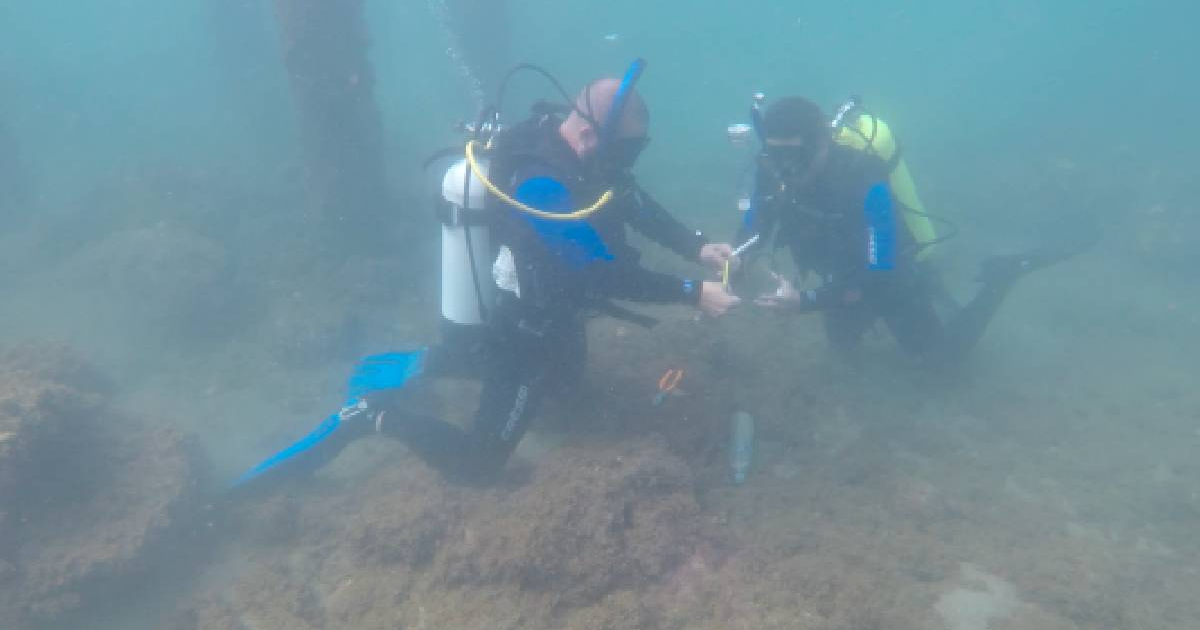The International Atomic Energy Agency (IAEA) has announced its collaboration with Cuban researchers in the detection and monitoring of marine biotoxins, specifically ciguatoxins. These toxins are produced by harmful algal blooms of microscopic algae.
According to a statement from the agency, these efforts aim to mitigate outbreaks of ciguatera, a disease caused by consuming contaminated seafood. This illness can result in a range of symptoms, from digestive issues to severe neurological effects.
The IAEA has trained Cuban researchers and technicians, many from Cienfuegos, in using a new method known as the receptor binding assay (RBA). This approach allows for precise detection of ciguatoxins, even in samples containing multiple toxin variants.
Enhancing Marine Toxin Monitoring
Additionally, the transfer of technology helps scientists on the island monitor marine toxins more effectively. This enables authorities to make informed decisions about seafood safety, protecting citizens and maintaining sustainable fisheries.
"With the right tools, ciguatera blooms and ciguatoxin outbreaks can be effectively mitigated," stated Alejandro García Moya, director of the Center for Environmental Studies of Cienfuegos (CEAC). He emphasized that "IAEA workshops on marine toxin monitoring and management are crucial for capacity building and strengthening small island developing states. They have a direct impact on managing harmful algal blooms and their effects on our marine environments and the people who depend on them."
An IAEA article published on July 10 reported that harmful algal blooms (HAB) are responsible for thousands of poisoning cases worldwide each year. In March, the CEAC announced the start of this research using advanced techniques. This research institution, located in the central region of the island, launched the scientific project titled "Diversity, Distribution, and Toxicity of Gambierdiscus spp. and Fukuyoa spp. in Cuba through the Application of Molecular and Nuclear Techniques – Ciguatox," as reported by the newspaper Granma.
The country's Ministry of Science, Technology, and Environment describes ciguatera on its website as a foodborne illness caused by consuming contaminated fish. The effects on humans can be severe and even fatal. Affected individuals suffer from gastrointestinal discomfort, including nausea, vomiting, cramps, and diarrhea, followed by neurological symptoms such as paresthesia (a sensory disorder manifested by abnormal sensations like tingling), cramps, and weakness. They may also experience episodes of hypotension and hypertension, bradycardia (low heart rate), and tachycardia (heart rate exceeding 100 beats per minute).
Understanding Ciguatera and Its Impacts
This section provides answers to common questions about ciguatera and its effects, helping to increase awareness and knowledge on this critical issue.
What is ciguatera?
Ciguatera is a foodborne illness caused by consuming fish contaminated with ciguatoxins, which are produced by harmful algal blooms.
What are the symptoms of ciguatera poisoning?
Symptoms include gastrointestinal issues like nausea, vomiting, and diarrhea, followed by neurological symptoms such as paresthesia, cramps, and weakness. Blood pressure and heart rate abnormalities can also occur.
How is the IAEA helping Cuba with ciguatera research?
The IAEA is collaborating with Cuban researchers to detect and monitor ciguatoxins using advanced techniques like the receptor binding assay (RBA), and providing training and technology transfer to enhance marine toxin monitoring.
